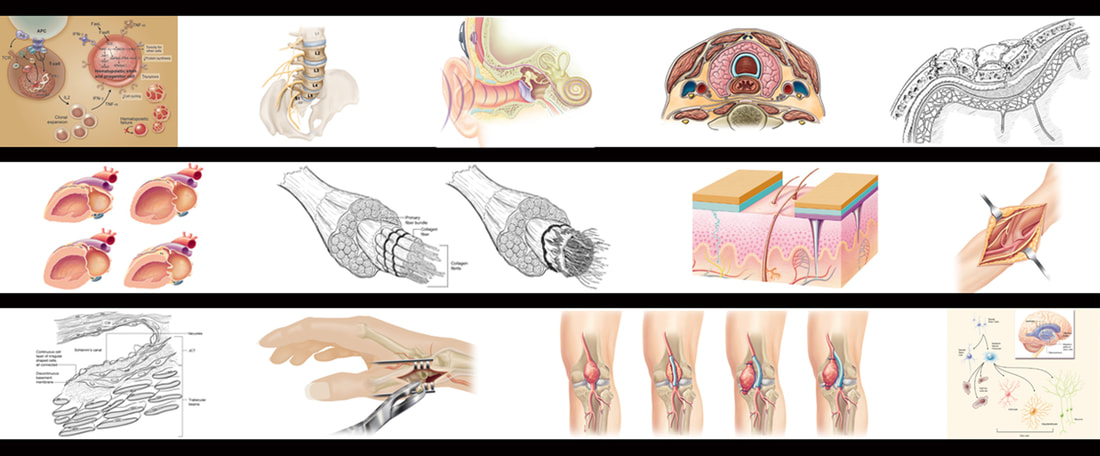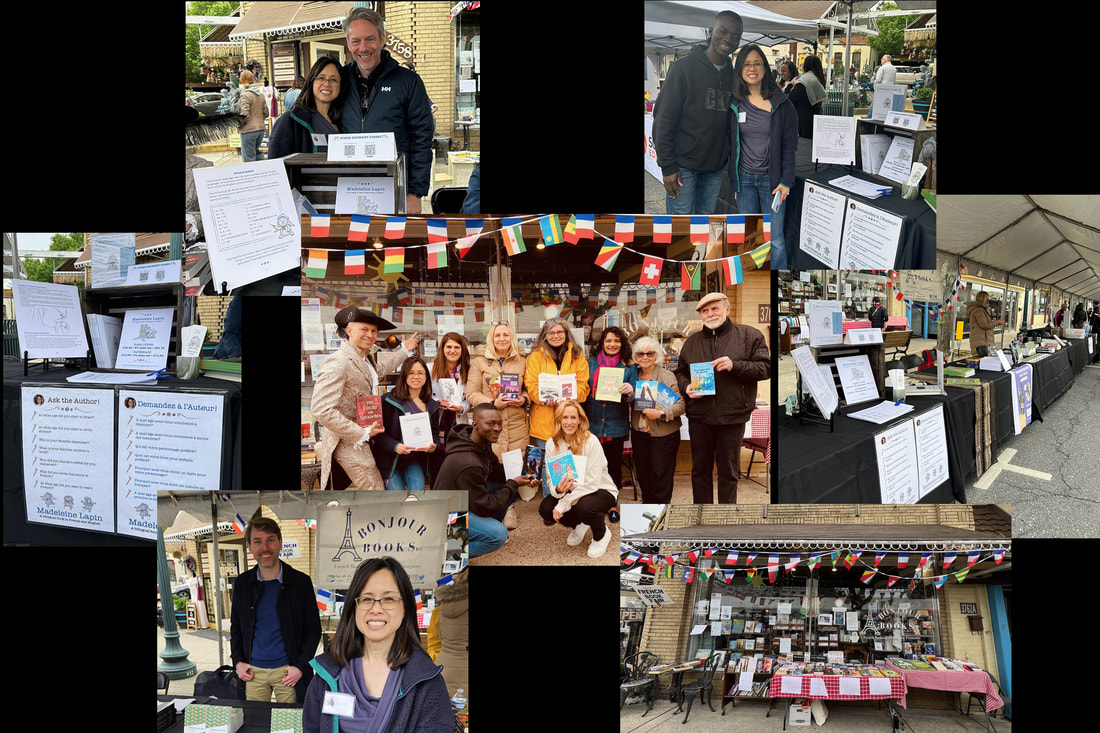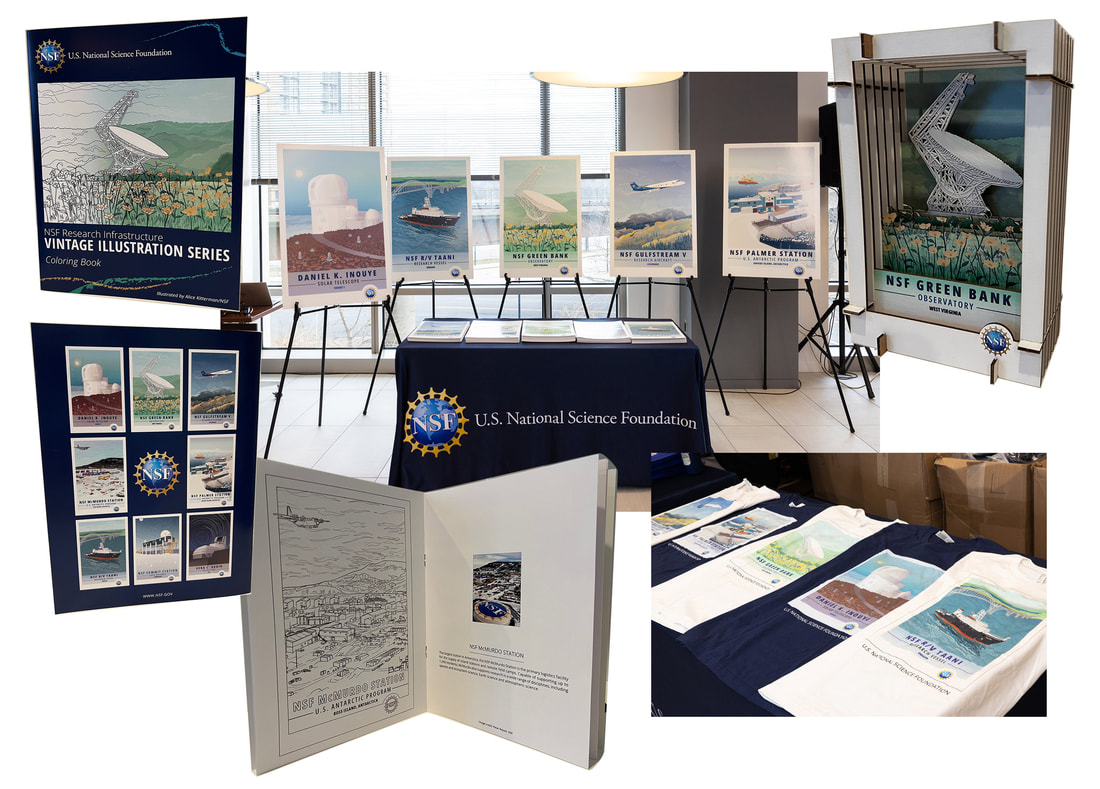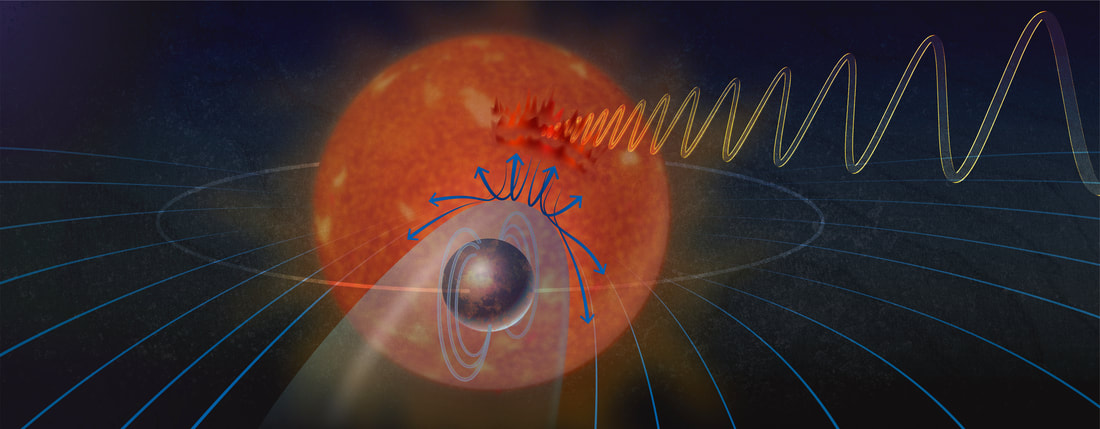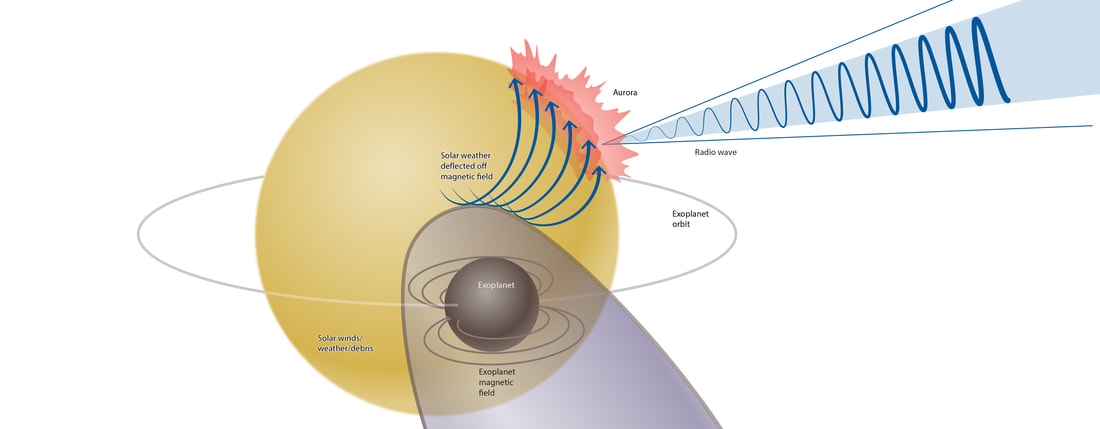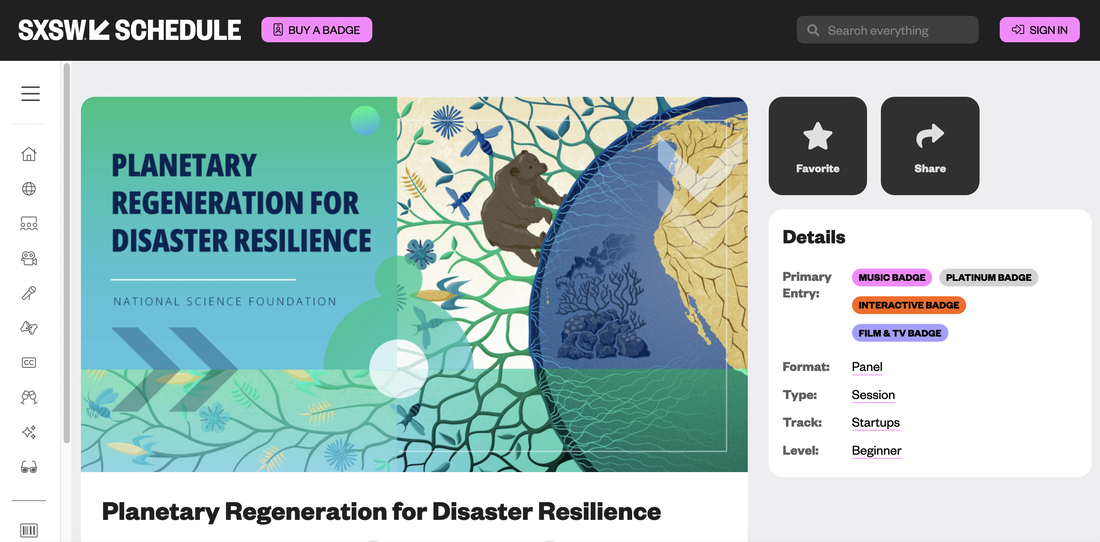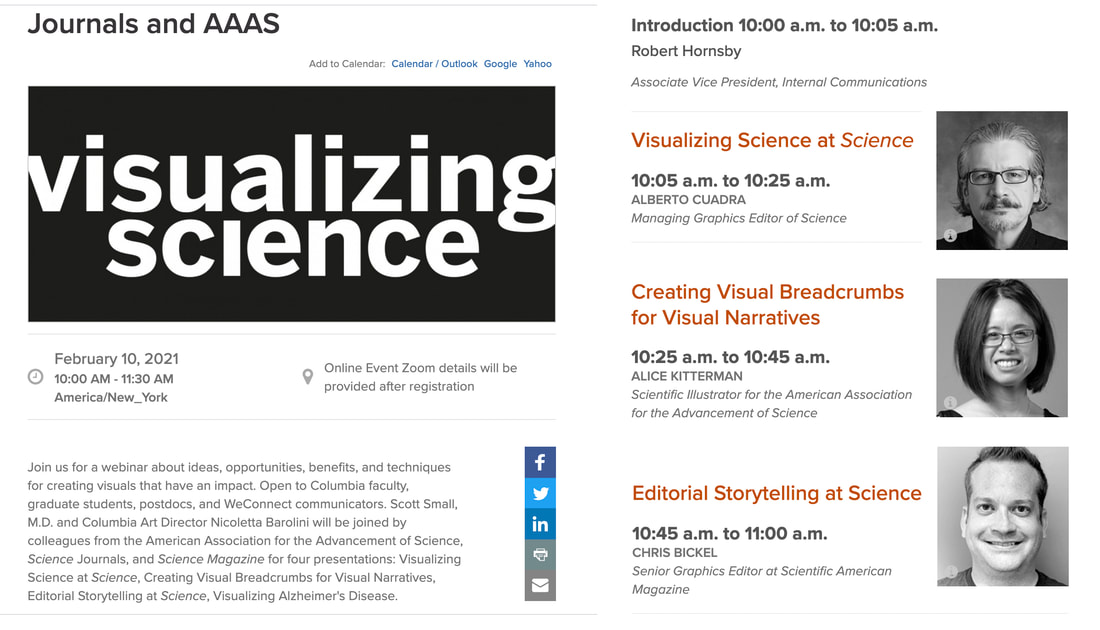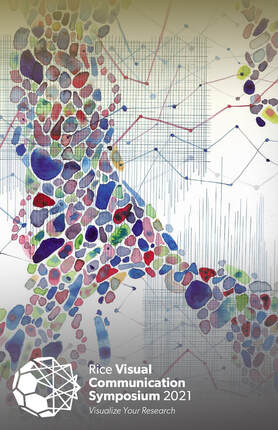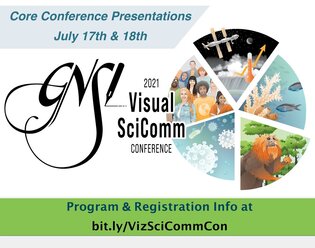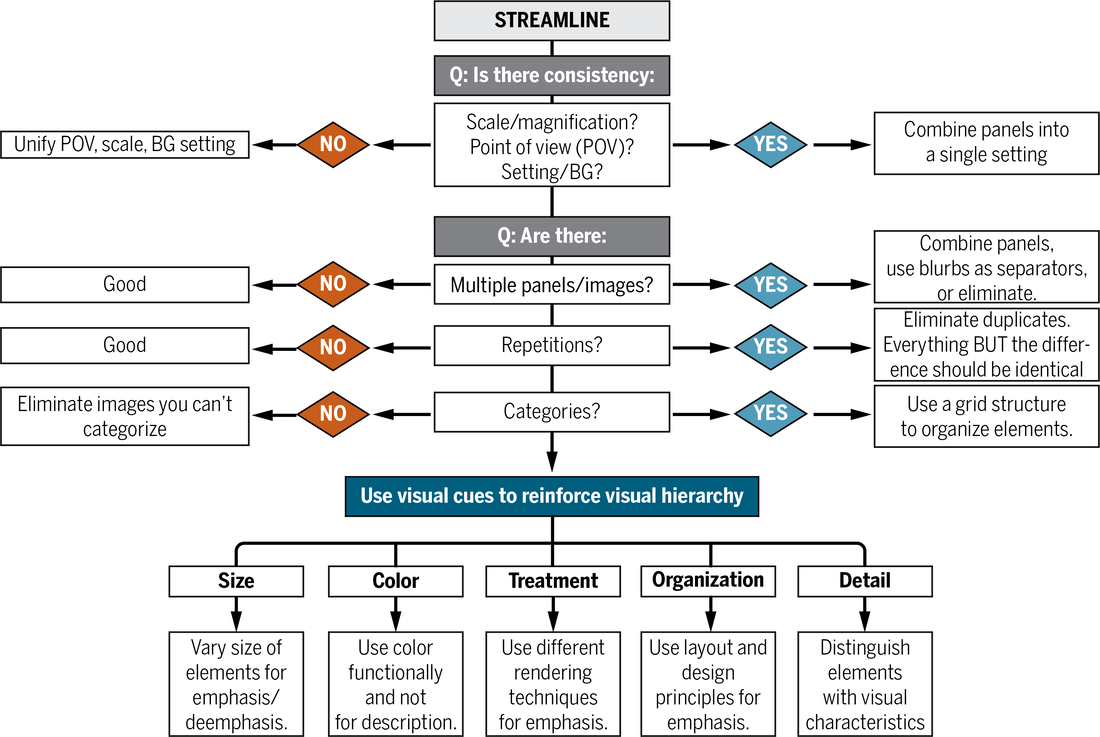|
Alice Chen Kitterman
|
Degrees
M.Sc. BMC (Biomedical Communications), University of Toronto, Toronto, ON, Canada. B.S. Chemistry (also completed requirements for a B.A. in Studio Arts), The College of William and Mary, Williamsburg, VA, U.S.A. Memberships Association of Medical Illustrators (AMI) Society of Children's Book Writers and Illustrators (SCBWI) E-mail: [email protected]
|
Ever since I can remember, I was always drawing out the stories that I had invented in my head, or, making props for my stories out of scraps of paper, rubber cement and whatever else I could swipe from my dad's desk. I was telling stories even when no one was listening.
I always thought I'd become a doctor or a scientist, because my whole family is in science. But storytelling was ever present in my mind. For instance, when I was doing miserably in school, I told myself, I'll ace the next exam, even though I had barely passed the last one. I told myself, I won't mind plunging my hands into someone's guts and stitching them back up! I told myself a lot of interesting things.
After graduating from college, my story became one of uncertainty, until one day, a colleague introduced me to her husband, who then introduced me to someone he'd recently hired: a medical illustrator.
"A what?" was my response.
After talking with this medical illustrator, I leapt forward with pursuing a medical illustration degree, not really understanding what I was getting myself into. I lucked out, because it's been the most fun, interesting and fantastic journey, from the time I showed up to gross anatomy class until now!
Early into my career, I began writing and illustrating children's picture books in earnest. I'd attempted to do so several times as a kid, but I was BAD--VERY BAD--at it. Becoming a medical illustrator has greatly improved my ability to communicate using visuals. In turn, introducing a character and setting a scene to convey an entire story arc in 31 pictures and ~500 words teaches you quickly how to distill and extract those pivotal words and images that will illuminate the story.
You never know where you'll end up, so let the journey take you where it needs to go!
I always thought I'd become a doctor or a scientist, because my whole family is in science. But storytelling was ever present in my mind. For instance, when I was doing miserably in school, I told myself, I'll ace the next exam, even though I had barely passed the last one. I told myself, I won't mind plunging my hands into someone's guts and stitching them back up! I told myself a lot of interesting things.
After graduating from college, my story became one of uncertainty, until one day, a colleague introduced me to her husband, who then introduced me to someone he'd recently hired: a medical illustrator.
"A what?" was my response.
After talking with this medical illustrator, I leapt forward with pursuing a medical illustration degree, not really understanding what I was getting myself into. I lucked out, because it's been the most fun, interesting and fantastic journey, from the time I showed up to gross anatomy class until now!
Early into my career, I began writing and illustrating children's picture books in earnest. I'd attempted to do so several times as a kid, but I was BAD--VERY BAD--at it. Becoming a medical illustrator has greatly improved my ability to communicate using visuals. In turn, introducing a character and setting a scene to convey an entire story arc in 31 pictures and ~500 words teaches you quickly how to distill and extract those pivotal words and images that will illuminate the story.
You never know where you'll end up, so let the journey take you where it needs to go!
Alice teaches kids to draw at the U.S. National Science Foundation's "Take Our Kids to Work Day" event, April 25, 2024.
Over 250 children (a record for NSF) attended a jam-packed event featuring 12 activity stations, a chemistry experiment show, a live-stream from Antarctica, and ICE CREAM.
The challenge for me was to devise a drawing teaching plan that could adapt to a mix of kids ranging in age from 3 to 15 sitting at the table at any given point in time. The biggest reward was to see the kids' drawings in action!
SCENES FROM THE KENSINGTON DAY OF THE BOOK FESTIVAL
APRIL 21, 2024
CLOCKWISE from upper left: Stephen and Alice; Author Kevin-Alex and Alice; French Pavilion table set-up; Bonjour Books DC Bookstore; Author Sebastien Hervieu and Alice; Madeleine Lapin tablescape; Center: the French Pavilion Authors: Victor Dixen, Alice, Pauline Mouhanna, Carole Geneix, Diane Afoumado, Rumu Sarkar, Olga Waters, Pierre Messali, (kneeling) Kevin-Alex, and Leigh Rauseo. Missing: Sebastien Hervieu.
U.S. National Science Foundation's Branding Celebration Event, January 8, 2024
The U.S. National Science Foundation rolled out a new brand standard policy in December 2023, which outlines the consistent and appropriate use of logos, fonts, and color palettes, as well as design elements that identify the product as uniquely "NSF."
The products above feature some of the illustrations that I am currently creating for a series of vintage-style illustrations that feature NSF-supported facilities. The over 40 NSF facilities include research vessels, observatories, telescopes, research aircraft, networks of instrumentation and remote research stations.
These illustrations are set to officially launch as part of NSF's 75th anniversary celebrations in 2025.
In my current role as Scientific Illustrator for the Office of Legislative and Public Affairs (OLPA) at the U.S. National Science Foundation (NSF), I create visuals specifically to engage the public's awareness of how NSF supports scientific endeavors. This has allowed me to expand the type of illustration I do (scientific interpretation vs. conceptual), and the styles in which I use to create them.
To look through the coloring book: https://publications.heritageprinting.com/view/684058273/
To look through the coloring book: https://publications.heritageprinting.com/view/684058273/
How the development of GIS will shape the future of sustainability
Hero illustration for the November 15, 2023 NSF Science Matters article: Mapping Science: How GIS transformed the view of our world.
https://new.nsf.gov/science-matters/mapping-science-how-gis-transformed-our-view-world
It was also published on U.C. Santa Barbara's The Current:
https://news.ucsb.edu/2023/021276/mapping-science-how-gis-transformed-our-view-world
https://new.nsf.gov/science-matters/mapping-science-how-gis-transformed-our-view-world
It was also published on U.C. Santa Barbara's The Current:
https://news.ucsb.edu/2023/021276/mapping-science-how-gis-transformed-our-view-world
May the 4th be with us.
Hero illustration demonstrates the link between a little known NSF-funded study that led to the special effects created for the original Star Wars movies. Read about it here: https://new.nsf.gov/science-matters/1970s-psychology-experiment-behind-star-wars
Exoplanet's possible magnetic field discovered through radio wave detection.
This illustration depicts how a magnetic field produced by a planet subsequently protects the planet's atmosphere from stellar gases, and thus enables life to exist. Research published in Nature Astronomy on April 3, 2023, revealed a consistent, periodic radio wave signal originating from the red dwarf YZ Ceti. This radio wave was emanating from an aurora on the surface of YZ Ceti, as a result of interaction between its atmosphere and the stellar gas that was deflected by what is hypothesized to be a magnetic field generated by a nearby exoplanet, YZ Ceti b. Although in itself not a candidate for sustaining life due to its proximity to its star, the interaction between a magnetic field and stellar gases can explain how the surface of a planet is protected from harmful stellar gases.
This was published in a EurekAlerrt on April 3, 2023, and picked up by numerous news channels, including CNN (https://edition.cnn.com/2023/04/04/world/exoplanet-radio-signal-scn/index.html).
It is also published as an NSF Science Matters article: https://beta.nsf.gov/science-matters.beta.nsf.gov/science-matters
This was published in a EurekAlerrt on April 3, 2023, and picked up by numerous news channels, including CNN (https://edition.cnn.com/2023/04/04/world/exoplanet-radio-signal-scn/index.html).
It is also published as an NSF Science Matters article: https://beta.nsf.gov/science-matters.beta.nsf.gov/science-matters
To show the progression of the illustration, here is the first sketch to the authors. My chosen point-of-view allows for all major elements to be easily visible in relation to one another. Upon review, adjustments were then made: location of aurora; orientation of the proposed magnetic field generated by the exoplanet; magnetic field orientation to indicate a left-to-right orbit.
Conceptual illustration to promote NSF-supported events such as this one in an upcoming panel discussion at SXSW on March 14, 2023. If you're headed to Austin, check it out! https://schedule.sxsw.com/2023/events/PP128351
Design and layout by Lily Le/NSF; Illustration by Alice Kitterman/NSF.
Design and layout by Lily Le/NSF; Illustration by Alice Kitterman/NSF.
Prior to working for NSF, I was a Scientific Illustrator for the American Association for the Advancement of Science (AAAS), cranking out 2D and 3D artwork for the flagship print journal Science and the online journals Translational Medicine, Signaling, Immunology, and Robotics.
In December 2021, I wrote an editorial for Science Robotics, which has recently been made free (forever!) to access:
https://www.science.org/doi/10.1126/scirobotics.abn1724
I wrote several blogs detailing my trials and tribulations in creating effective scientific communications:
Reexamining "re" in the creative process:
https://blogs.sciencemag.org/vis/2021/02/05/reexamining-re-in-the-creative-process/
And...action! Animating illustrations for Instagram:
https://blogs.sciencemag.org/vis/2020/07/17/and-action-animating-illustrations-for-instagram/
To 3D or not to 3D:
https://blogs.sciencemag.org/vis/2019/11/25/to-3d-or-not-to-3d/
In December 2021, I wrote an editorial for Science Robotics, which has recently been made free (forever!) to access:
https://www.science.org/doi/10.1126/scirobotics.abn1724
I wrote several blogs detailing my trials and tribulations in creating effective scientific communications:
Reexamining "re" in the creative process:
https://blogs.sciencemag.org/vis/2021/02/05/reexamining-re-in-the-creative-process/
And...action! Animating illustrations for Instagram:
https://blogs.sciencemag.org/vis/2020/07/17/and-action-animating-illustrations-for-instagram/
To 3D or not to 3D:
https://blogs.sciencemag.org/vis/2019/11/25/to-3d-or-not-to-3d/
And in 2021, I was invited to "virtually speak" at several conferences listed below, on the processes I've developed to create graphic abstracts hastily, that would still effectively communicate the science:
| |||||||

